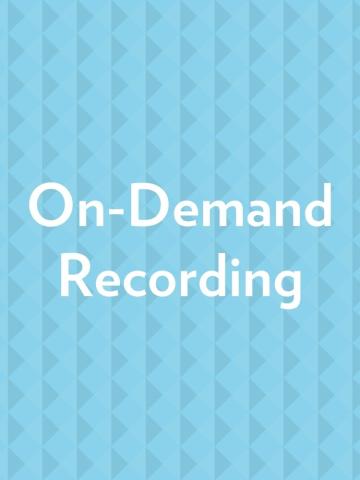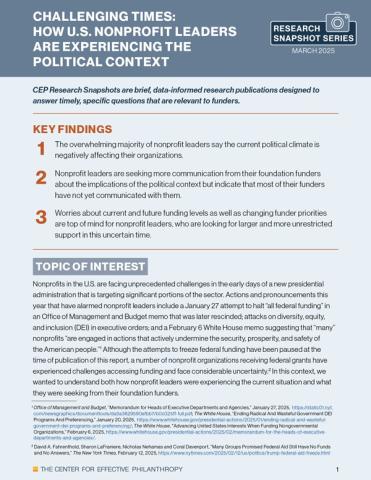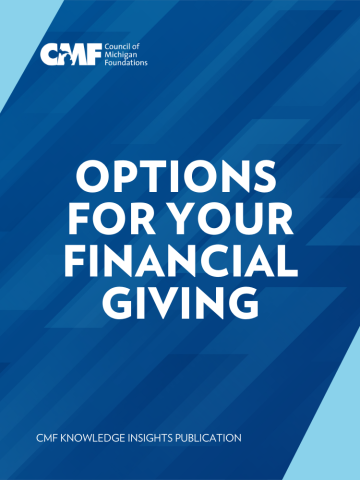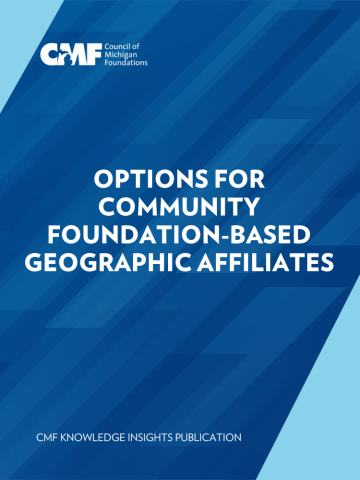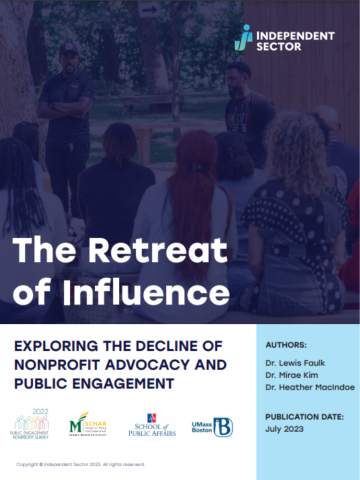Individuals, families and companies regularly reach out to CMF to learn how they can give back to their community through philanthropy. This typically takes one of five forms, known as the “Five Ts” of philanthropy: giving back with time (volunteering, active engagement), talent (expertise), ties (connection making), testimony (advocacy) and treasure (making a financial contribution).
This resource focuses on four financial contribution pathways available to individuals and families, each with important distinctions:
- Making a direct contribution.
- Establishing a community foundation-based fund.
- Creating a Donor Advised Fund (DAF).
- Starting a foundation.
